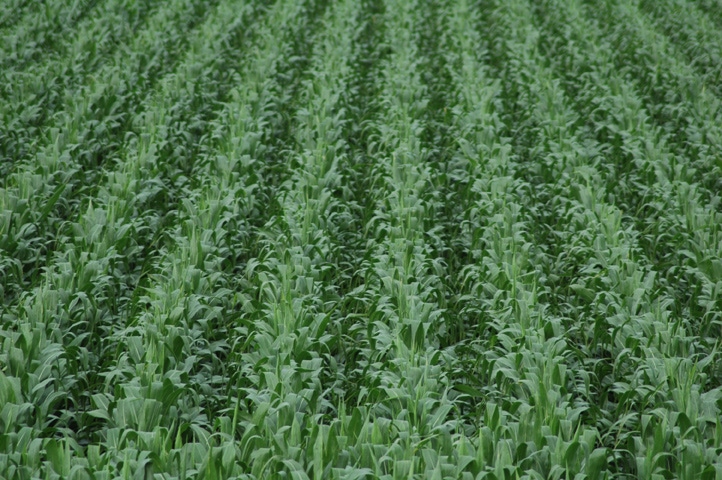
Corn bulls are desperately trying to hold support near $3.70 per bushel. They argue the USDA's recent yield forecast is way too optimistic and ear weights are much too heavy.
Believing the U.S. average yield will ultimately be trimmed in the weeks and months ahead and will not end up being record large, in other words, they are thinking the yield will end up being trimmed from the most recent 178.4 estimate to something sub-176.6.
The bulls also argue, with "global demand" remaining strong, +37 MMTs higher than last year, and "global corn stocks" -45 MMTs less than we had viable at this time last year, at some point the traditional fundamentals will begin to matter.
As of right now, new--crop prices here in the U.S. are at about the same level as last year, but U.S. ending stocks are almost -600 million bushels less. I should also note, last year, the market posted its 2017 summer low the last week in August at $3.23 per bushel. The year before that in 2016, the market posted its summer low the last week in August at $3.01 per bushel. The year before that in 2015, the market retested it's low down at $3.46^4 during the last week in August. The year before that in 2014, the market was a bit slower to respond and didn't post it's summer low until the last week in September at $3.18^2.
In case you are wondering, in 2012, the all-time high north of +$8.00 was actually posted during the month of August.
Moral of the story, the market tends to post many of its extremes during August and September. The latest USDA crop-condition report showed another slight step backwards, dropping from 71% down to 70% rated "Good-to-Excellent". The only state showing any improvement was North Carolina who jumped +1% from 34% to 35% GD/EX.
States where conditions were left "unchanged" included: Indiana at 71% GD/EX; Iowa at 75% GD/EX; Minnesota at 77% GD/EX; and Missouri at just 26% GD/EX; Ohio at 76% GD/EX; States where weekly conditions deteriorated included: North Dakota -6% to 79% rated GD/EX; Illinois -5% to 76% GD/EX; Arkansas -3% to 71% GD/EX; Wisconsin -3% to 78%; Tennessee -3% to 68% GD/EX; Kentucky -2% to 70% GD/EX; Nebraska -2% to 83% rated GD/EX; Pennsylvania -2% to 72% GD/EX; Kansas -1% to 47% GD/EX; South Dakota -1% to 69% GD/EX.
The crop reported 73% in the "dough" stage compared to just 58% last year and just 56% using the five-year average. The USDA also reported 26% of the crop is now "dented" vs. just 15% last year vs. the five-year average of just 13%. All more proof to the bulls that the crop is and has been moving extremely quickly through maturation.
About the Author(s)
You May Also Like






